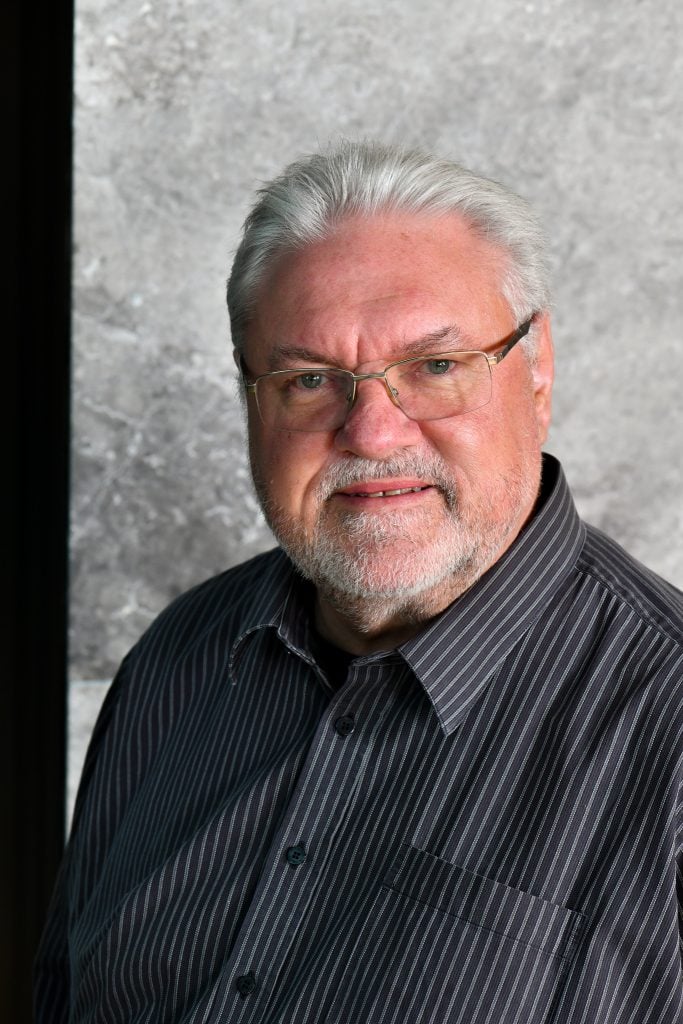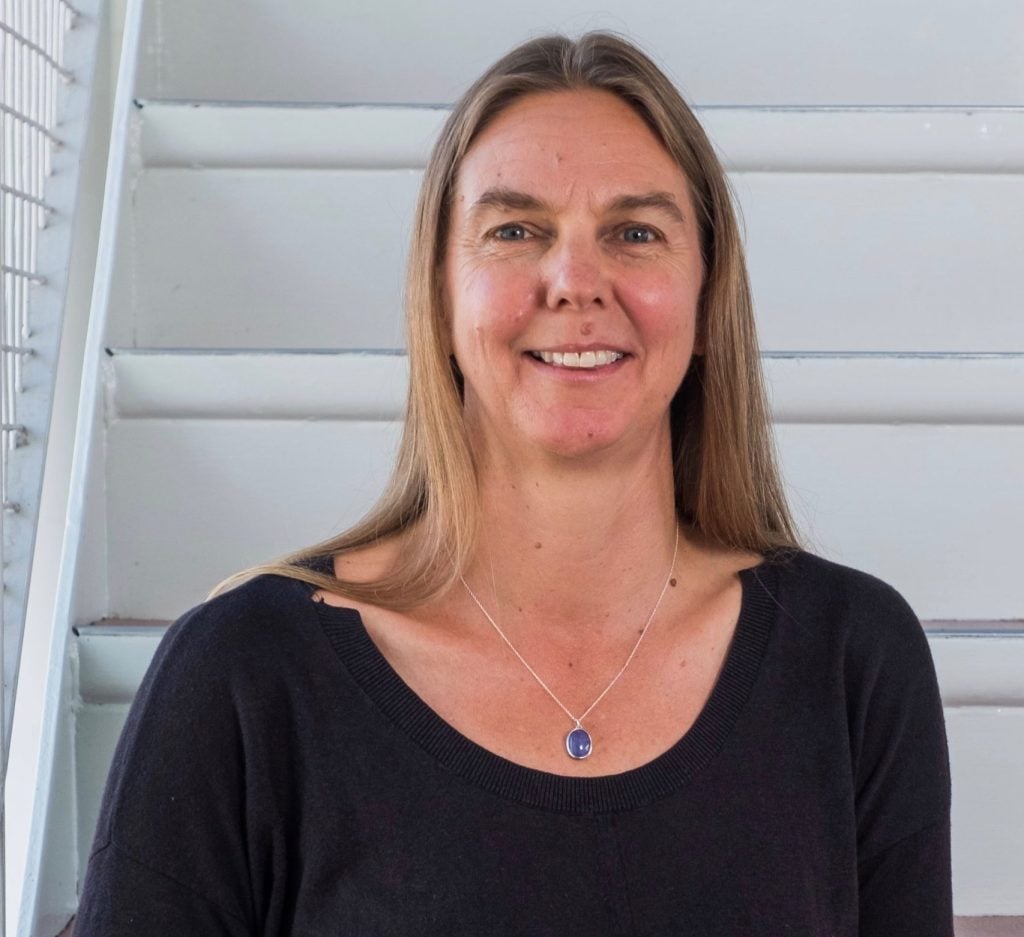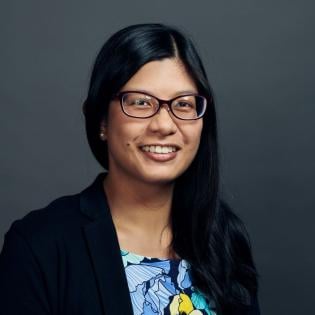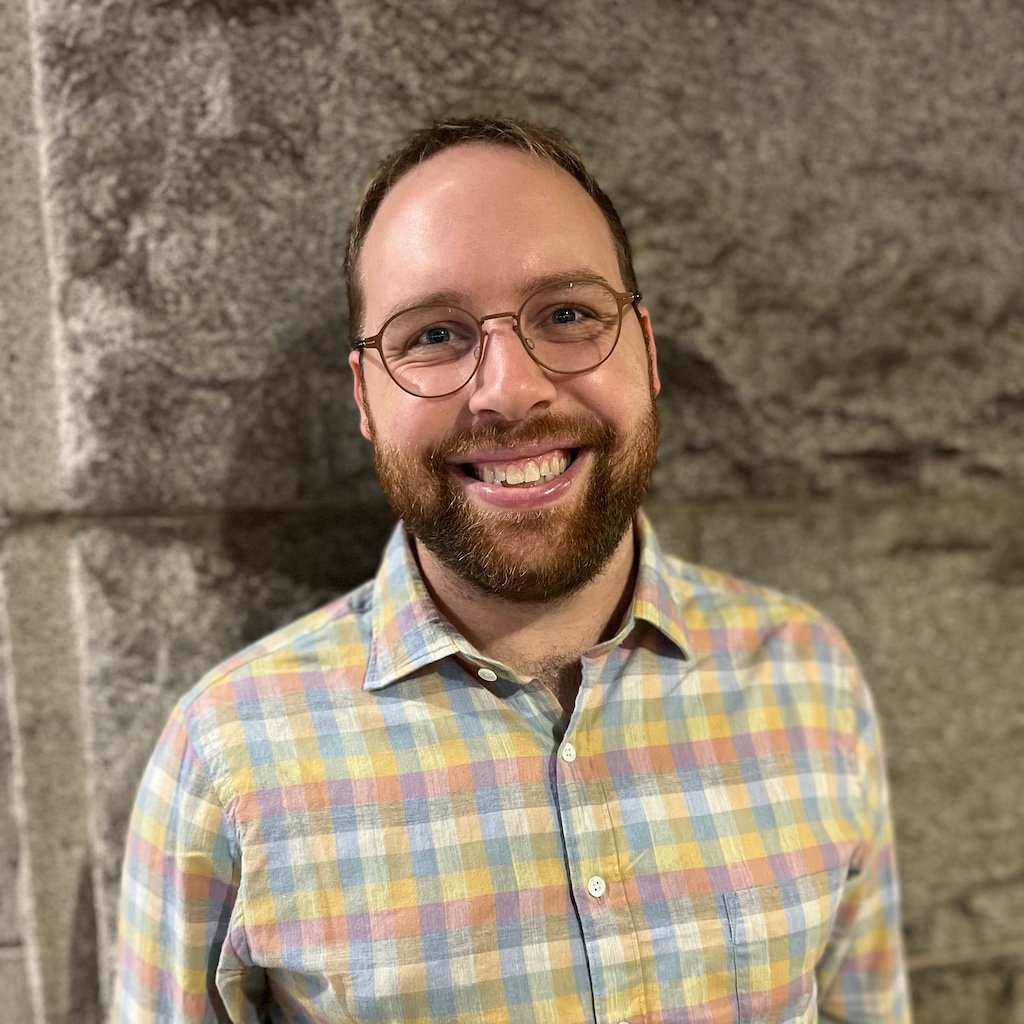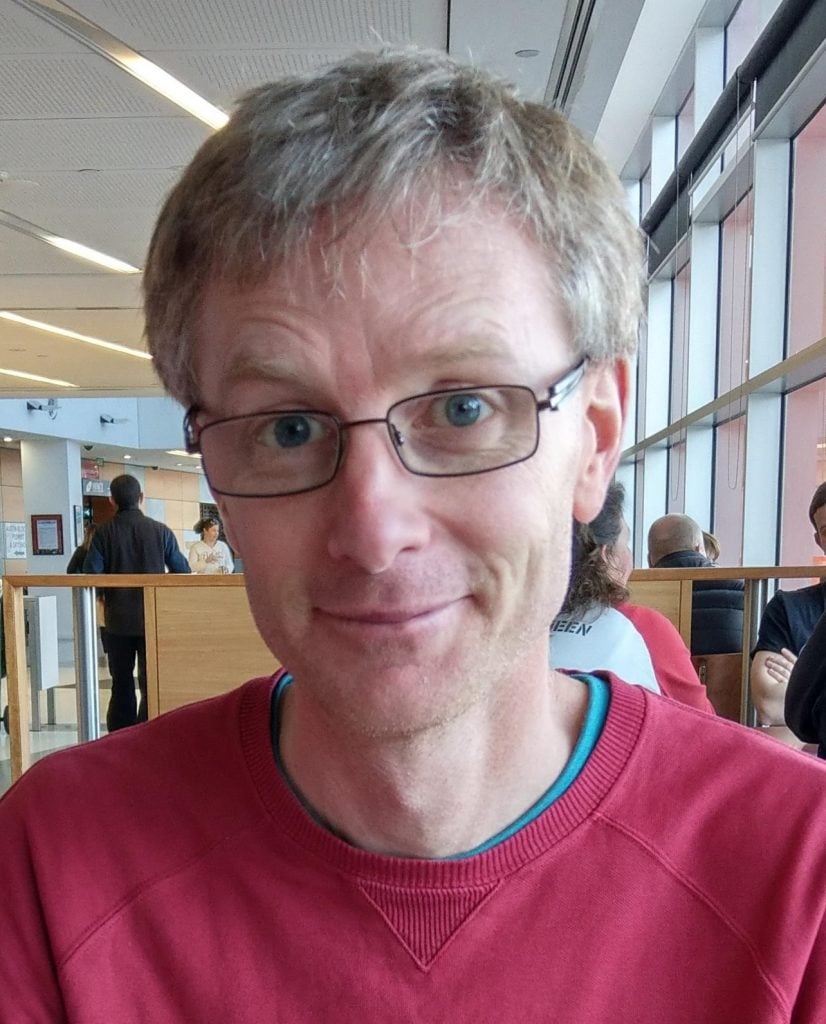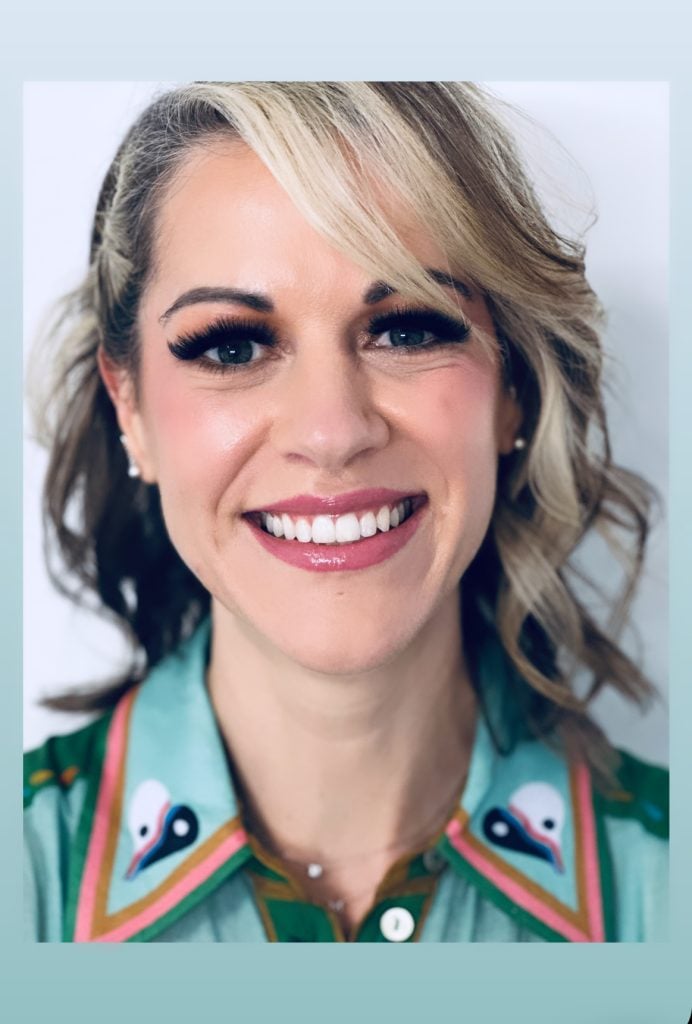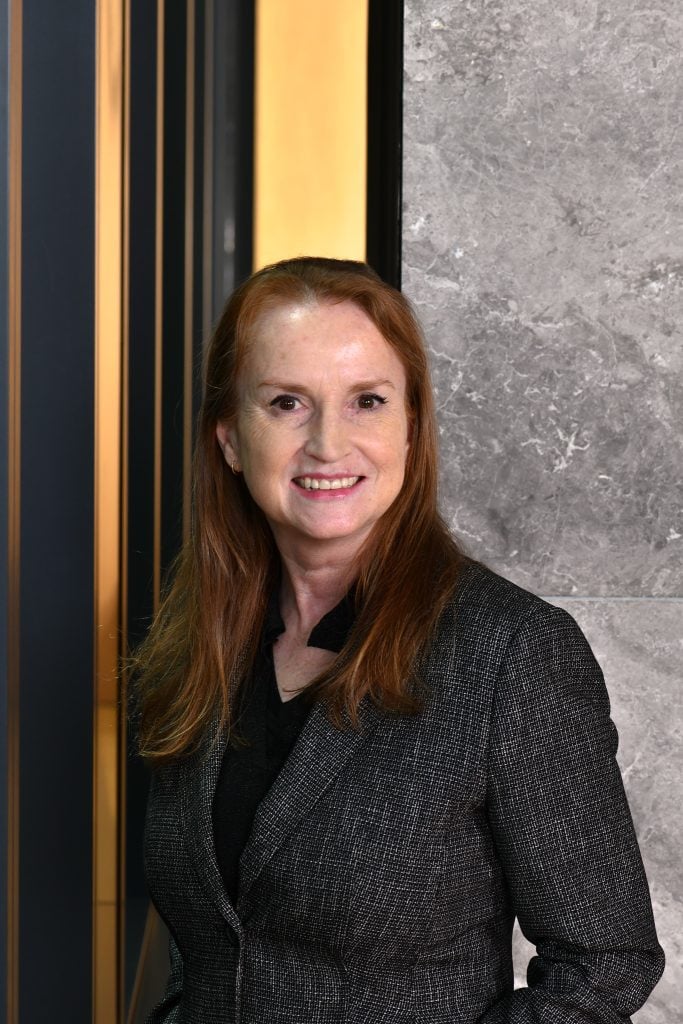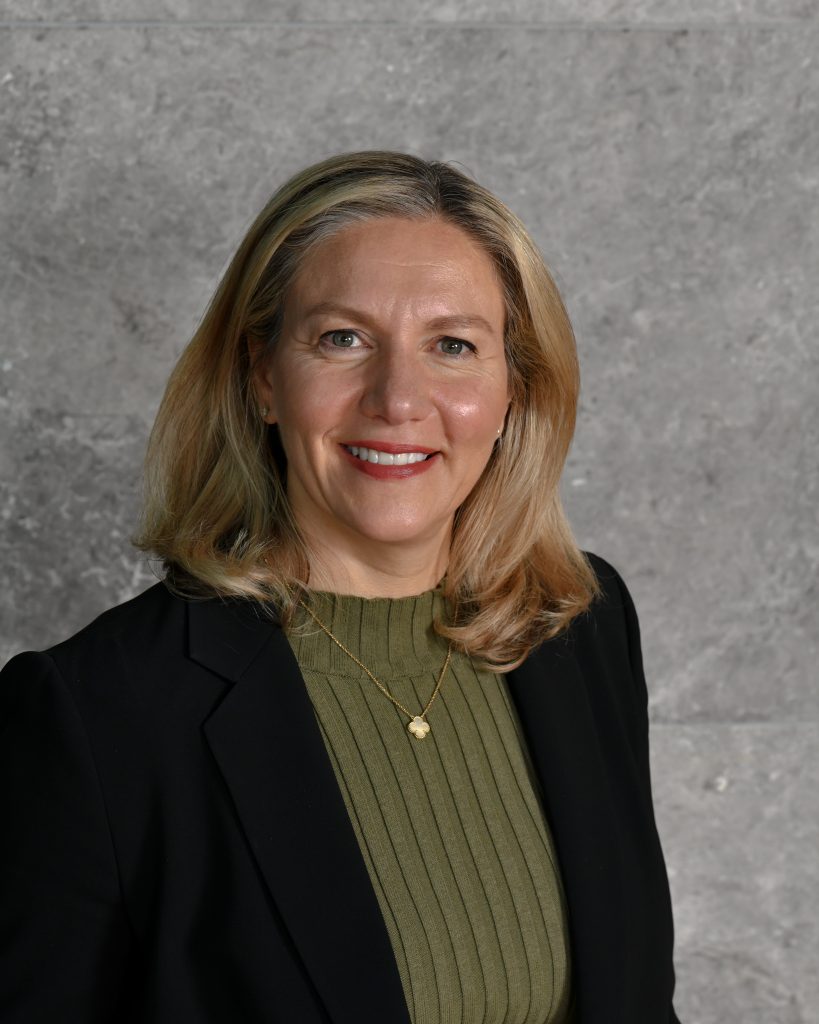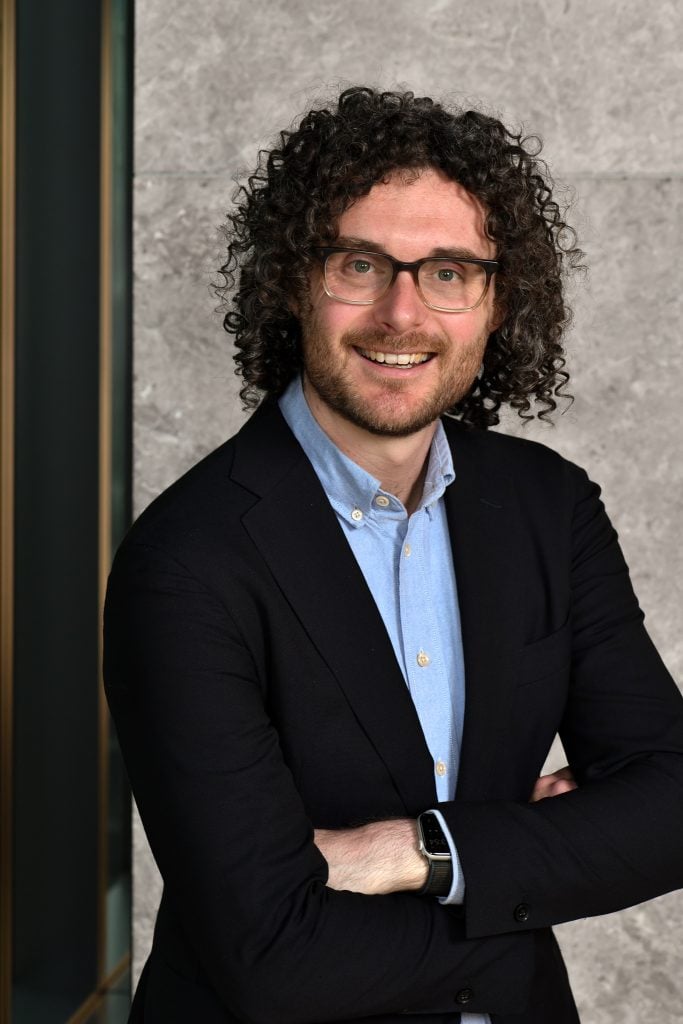Free technology and inequality: my 3 minute thesis experience
15 February 2018
I’ve returned from Deakin’s Arts and Education HDR (Higher Degree Research) summer school with an appreciation of how hard it is to deliver a 3 minute speech. As a confident public speaker who freely ad-libs for an hour on 8 dot points, it became clear that ad-libbing your entire thesis for 3 minutes was impossible. So the spectre of speech memorising emerged to haunt my HDR Summer school week. But I emerged a clearer researcher for the experience.
Below is a transcript of my 3 Minute Thesis speech. Complete with the single PPT slide illustration we were allowed to use. No props, no songs, no notes. Just me, a huge darkened steeply raked auditorium and a commitment to do my research proud. Which in the end, I really feel I achieved. There are now a few hundred more people with some understanding of the complexities of using free, open technologies to reduce educational inequality. It’s a good feeling.
Do you remember the MOOC revolution of 2012? The massive, open, free online courses (MOOCs) that would democratise education by bringing free learning to the needy all around the world?
Did you witness massive reduction in educational inequality in your neighbourhood as education technology’s latest silver bullet whizzed through?
Probably not. MOOCs were largely taken up by the already educated and relatively privileged. I embarked on my Phd adventure just after this time to try and understand why free technology was not shifting inequality much at all.
But Open Education existed before and after MOOCs, and there were other programs which worked for non-privileged learners so I conducted a global systematic review of the literature looking for better cases. I looked for not just technology – but for 6 Critical Dimensions which the Technology for Social Inclusion literature suggested was more likely to enable non-privileged learners (see image.)
My research found that all 6 dimensions are important, but none are silver bullets. They work together and need to be designed with care because each can both enable or constrain learning.
When Open Education programs worked well – their purpose was often to enable specific groups of learners, not individual random online learners. For example, bi-lingual European school teachers learning in an English MOOC and a choice of 7 different mother-tongue facilitated study groups.
More successful programs avoided forcing learners to complete online readings and quizzes in a lock-step process but INSTEAD offered autonomy, choice and agency in their assessments and in the application of learning to students’ life, communities and work.
Designers rejected remedial or patronising approaches to Learning materials that presumed disadvantaged learners were dumb and needed to memorise stuff that we (the experts) told them was important. In a MOOC about and for Dementia carers for example, older women with caring experience were presented on video as “experts” – complementary to the medical experts.
Some programs were entirely about building learner skills. Programs often had multiple forms of learner support. The research affirmed the importance of Study companions – tutors and peers, both face to face and online, providing academic/social/technical and motivational support.
Learner support was often used to overcome the constraints or weaknesses in other dimensions, particularly when technology didn’t work or the course lacked Autonomy.
So where is the free technology in the model? I’ve drawn it as the water in the watering can.
Because what my research so far has shown, is that free technology has no power or affordance to bring learning to non-privileged learners. What it tends to do is amplify the other 5 dimensions. Free technology is more like the water from the watering can. Within the context of the other 5 dimensions, it can help learners and communities grow.

